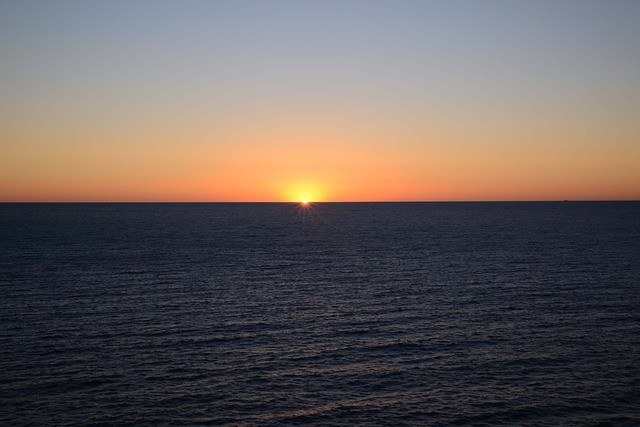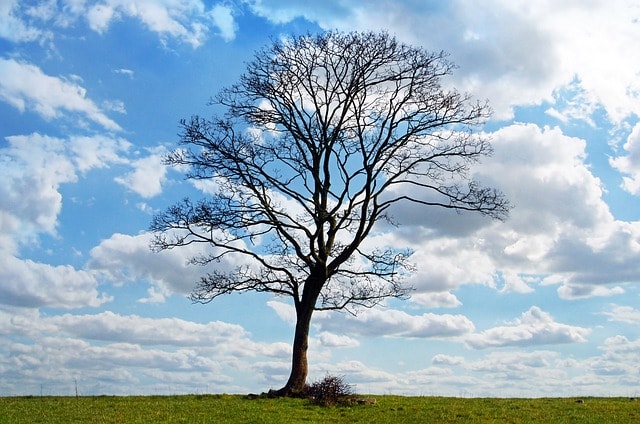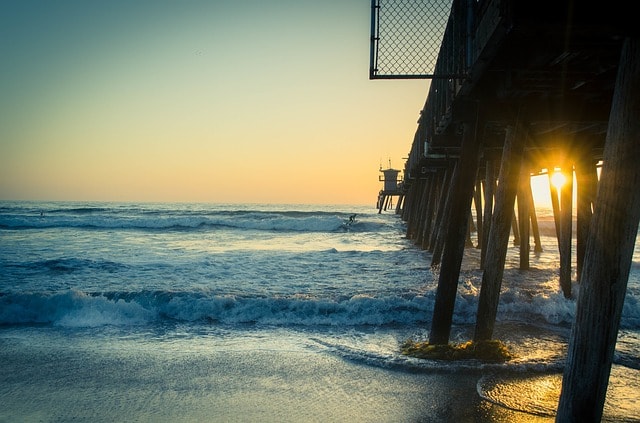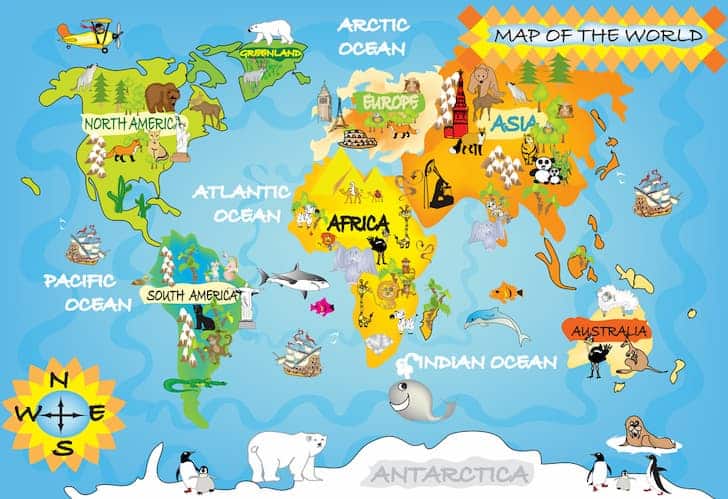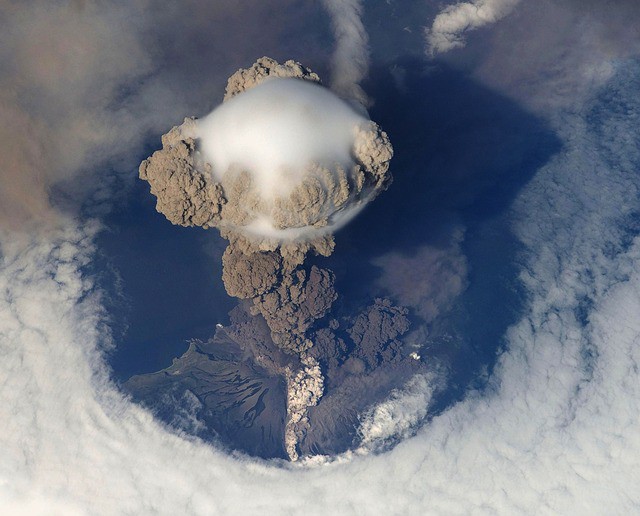Various Interesting Facts About the Atlantic Ocean
The Atlantic Ocean is a huge mass of water covering about 16.7-20 percent of the Earth and covers a total area of approximately 85,133,000 square kilometers. To get a clear idea about its size, it is important to note that it is slightly greater than half of the Pacific Ocean. This ocean has an average…


